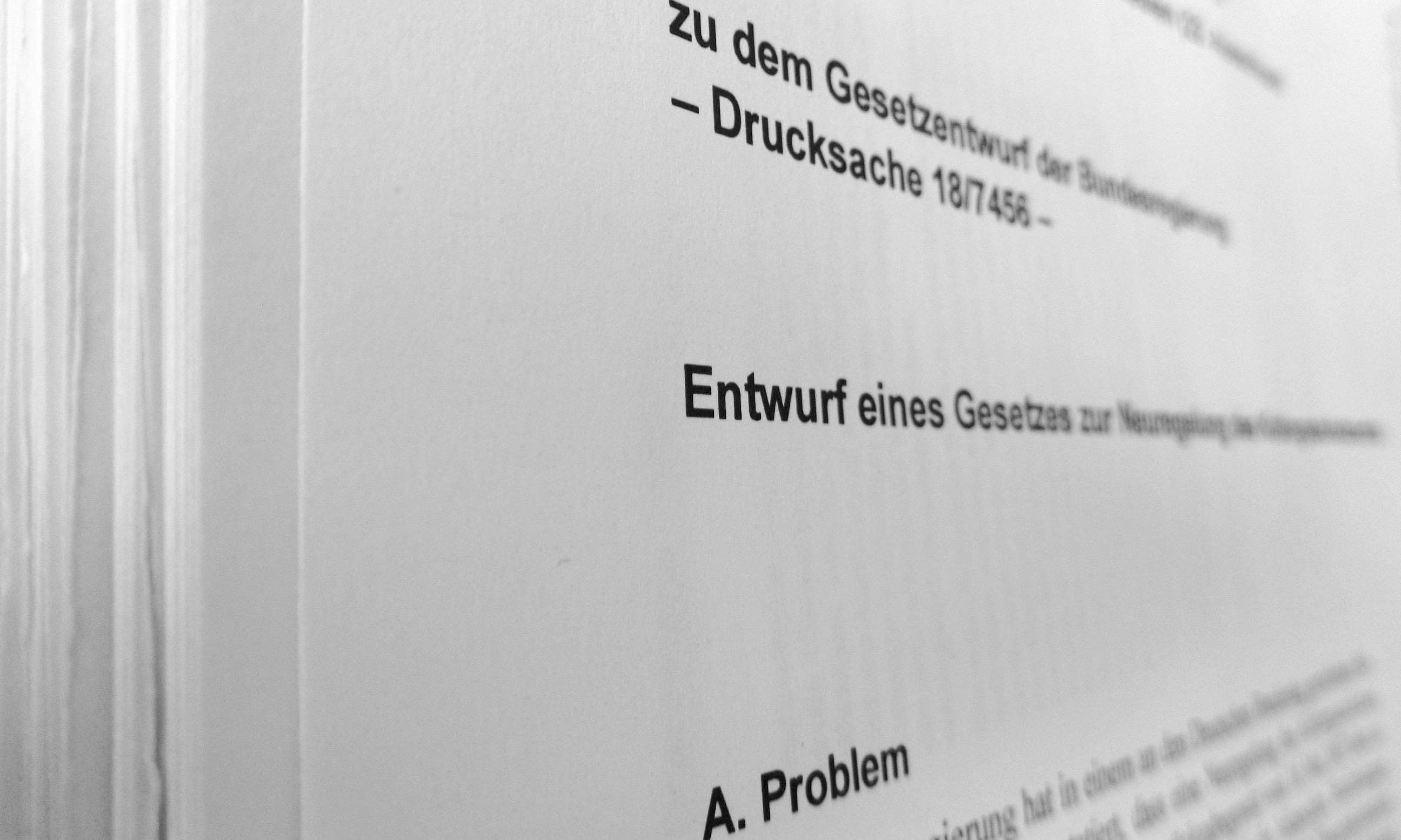
Germany’s new Cultural Property Protection Law
22. July 2016Why Monika Grütters, Commissioner of the Federal Government for Culture and Media, went ahead with a bill that caused as much controversy as the revision of the Kulturgutschutzgesetz (Cultural Property Protection Law) is difficult to say. However, the law was recently passed by the German Bundesrat (Upper House of Parliament) and will now come into effect. The law was proposed as a way to prevent illegal trafficking of works of art – particularily looted art from war zones and conflict areas – and to stop the exodus abroad of nationally valuable cultural assets, including to European countries. It is this last point that is causing most criticism.
Should museums and collectors outside Germany be denied the right to buy important German artworks (or those by other artists that are considered culturally valuable for the nation)? Are works by artists such as Albrecht Dürer not in equally safe hands in London, Paris or Saint Petersburg? Can they not enthrall art lovers and convey a sense of German identity there just as much in Germany? Should, 500 years later, the nationality of an artist really be one of the factors that determines who is allowed to buy their works? What exactly qualifies a cultural asset as nationally valuable and how do you define German identity? These questions are even more difficult to answer nowadays, when the world is growing closer together, we can speak easily of a European Union and, thanks to the internet and media, borders only seem to exist on paper.
How much culture is there in a Cultural Property Protection Law that estimates the worth of an object largely in terms of its monetary value? Is a work only a cultural asset that conveys a national identity when it is in a certain price category? If a collector or gallery wants to sell to a foreign buyer an artwork that is at least 75 years years old and worth 300,000 Euros or more, it has to be put before a panel of experts appointed by the state. These consultants then decide if an artwork should be allowed to leave the country.
Art collectors are worried. The owner of a valuable cultural asset has a choice: to sell the works in Germany for a fraction of the international market price or to not sell at all. The state that imposes the export ban is unlikely to buy the work at market price (a temporary right of first refusal at market price for the state – the practice in the UK – was rejected from the start). Under these circumstances it would not come as a surprise if collectors thought twice about buying a work of art in Germany if it might not be allowed to leave the country later on.
Who exactly benefits from declaring an artwork a national cultural asset? The owner certainly doesn’t because it probably leads to financial loss. The taxpayer doesn’t either, as he or she will presumably never set eyes on the artwork (note: this is certainly not a suggestion that it should be made compulsory to exhibit the work in question). And nor does the state, because it loses out on the higher tax that would be levied on a higher purchase price.
The Kulturgutschutzgesetz promises simplification, transparency and legal security. In reality it leads to an unreasonable amount of bureaucracy and a restriction on free trade. After the VAT rise in 2014, this is yet another challenge German art dealers have to face.
Grütters’ Kulturgutschutzgesetz follows the example set by Italy and Greece. However, thanks to these countries’ regulations, their art markets are in so desolate a condition that their bleakness is hard to beat. Is this the future of the German art trade? Instead of a meaningful legacy of cultural and educational policy, Monika Grütters will leave behind a weakened art market that, since the UK’s decision to leave the EU, has lost the chance to take over as the most important European art market.
